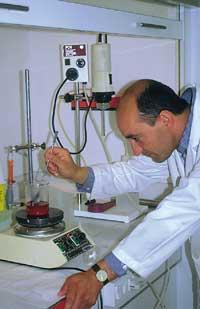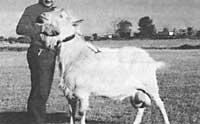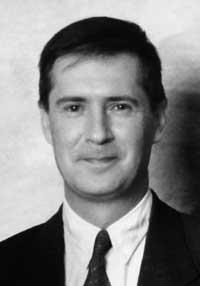CIMA-SIMA: research and technology as an air route of agriculture
1997/07/01 Bengoa Ansa, Aitor Iturria: Elhuyar aldizkaria
Zetiaz-Elhuyar: How are these research centres structured?
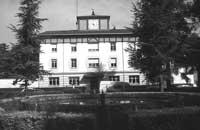
J oaquín Salazar: Research is conducted mainly in the three centers integrated in the Department of Industry, Agriculture and Fisheries. On the one hand, we have AZTI, where fishing, oceanography, the environment and food technology are addressed, and on the other hand, the CIMA of Arkaute and the SIMA of Derio, where agricultural research is carried out.
Z-E: What is the specific function of CIMA and SIMA?
J.S. : The CIMA of Arkaute has as its main mission research. We work the production of plants and animals and plant health. For its part, SIMA has two main obligations: on the one hand, research, that is, the study of topics related to animal pathology and natural resources, and on the other, the provision of services in local laboratories. These services are offered to farmers and veterinarians and, for example, anyone who has a problem with livestock can send samples to the laboratory and a diagnosis is made. These samples reach us throughout the state and we believe it is a sign of the good level of services.
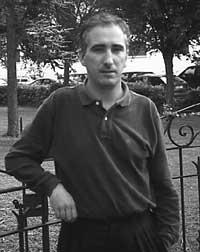
Z-E: How many researchers and staff are in the centers?
J.S: In the centers we work two types of staff, permanent or fixed, that comes to realize concrete projects, such as fellows or researchers in the development of the thesis. The latter vary year after year. At this time at the CIMA we are working 48 people and at SIMA 54. At CIMA-SIMA we currently have about 60 projects underway.
Z-E: What is the source of income for these projects?
J.S. : Total budget of the centres (personnel, maintenance, infrastructure, etc.) This is provided by the Department of Industry, Agriculture and Fisheries, but the projects have three main sources of income: Europe, State and Basque Government.
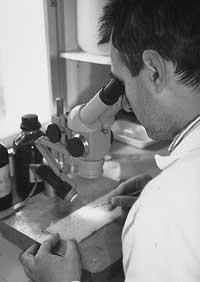
Z-E: What steps does a project take, who sets the research priorities and the methodology to follow?
J.S. : The working groups that are organized first in the General Plan of the Basque Country set some objectives. To carry out these objectives, sectoral tables and technical tables are formed. The sectoral table is composed of producers, distributors, transformers, services and managers. Technicians from research centers participate in the technical tables. Then, combining the proposals of both tables, we try to follow the demands of the different sectors and design the projects. In any case, we consider that basic research is necessary, since it is fundamental for its subsequent incorporation into other more practical application projects.
Z-E: What has been the evaluation of the studies carried out to date?
J.S. : It should be noted that both centres were transferred to the Basque Government in 1981 and that the work done to date was very different. The current SIMA was a laboratory dedicated to animal health at that time and the CIMA Potato Improvement Station. However, when they were left in the hands of the Basque Government, infrastructure was renewed and a large number of researchers and staff were hired, which significantly expanded the research areas. Among the research carried out since 1981 are the trials carried out to obtain new varieties of potato, the improvement of radiata pine or insignis, or the studies carried out on communicable diseases of animals.
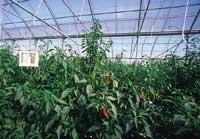
Z-E: What are currently the most important research lines that develop in centimeters?
J.S. : Among many projects I find it very difficult to mention a few, since projects that have often needed a lot of money and resources are bankrupt for different reasons. Then simpler projects get excellent results. However, we are working hard, for example, for some vegetables to retain their genetic and distinctive qualities, such as Tolosa bean, Gernika pepper, Ibarra chilli, etc. Something similar is being done with the potato, to get the most suitable varieties for the different regions in which the potato is sown. On the other hand, we are also working on the genetic improvement of the latxa sheep and we have already achieved spectacular results, since we have greatly increased the milk production of the sheep.
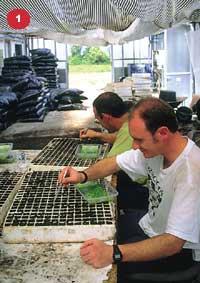
Z-E: How are these results published? Are outreach work done?
J.S. : Of course! Although our main work is research, we publish the results. In addition, on the initiative of professional associations, we offer talks and courses that bring us closer to farmers and ranchers.
Z-E: What kind of projects do you have in your hands for the future?
J.S. : We consider that the path we have taken in recent years is correct and adequate, and although henceforth new projects will be carried out, we will make a special effort to consolidate the main projects already initiated: genetic improvement of the latxa sheep, testing new varieties of potato, improvement of the pine insignis, etc. It should be noted that some projects give their first results in a very long term, for example, some projects that are being developed in the forestry sector will not yield results until the deposition of trees, so in this case it will be 20-25 years. That is why it is so important to set the roads right from the beginning.
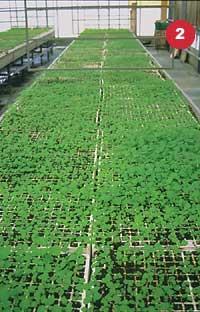
Z-E: The potato has historically had a major importance in the laboratories of Arkaute, while the situation of the sector is not the desired. How do you combine the economic avatars of the sectors with the research priorities?
J.S. : It is true that there is a lot of work around the potato, and now that the sector is in crisis, nobody asks for research about it. But that does not mean that we have to leave the potato aside and to understand what I say you can cite several reasons; on the one hand, behind the current situation there are studies of solid base that you have to take advantage of; on the other hand, in the Spanish state no one investigates the potato and, therefore, if we leave that task, no one would take it; and finally, the sector will not always be in crisis.
Z-E: What do you think of transgenic plants that have meant so much?
J.S. : I am not a supporter, but we must not confuse transgenic plants with biotechnology. Although transgenic plants are obtained through biotechnology, this does not mean that biotechnology is harmful. Biotechnology is very useful for us, for example, to get disease-resistant potato varieties.
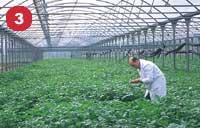
Another thing has happened with the body: these transgenic plants are resistant to a herbicide that, except for transgenic soda, kills all other herbs and plants, so the benefits are enormous. We are not interested in producing as much as possible per hectare, as our mountainous territory is not suitable for this. Our goal is to produce quality products with the lowest possible environmental impact.

Gai honi buruzko eduki gehiago
Elhuyarrek garatutako teknologia



